to personal data processing
to personal data processing
Get Best Price for your new treatment!
to personal data processing
to personal data processing
to personal data processing
to personal data processing
to personal data processing
to personal data processing
to personal data processing
to personal data processing
to personal data processing
We would love to inform you when the product of your interest will return to stock.
If you would like our adviser to recommend another solution for your business
Book your free virtual consultation here.
to personal data processing
to personal data processing
to personal data processing
to personal data processing

to personal data processing

to personal data processing
Mastering Laser Hair Removal – Unlocking the Secrets to Success
From Waxing to Laser Hair Removal: A Journey of Adaptation and Excellence - Interview with Uliana Ticu.

Introduction
Interviewer: Uliana, thank you for agreeing to do this interview! Can you start by telling us a little about your background and how you got into the beauty industry?
Interviewer: Why did your clients switch to laser hair removal?
- Excessive hair growth
- Ingrown hairs
- Folliculitis
- Skin irritation after shaving
- Darkened skin in the armpit area
- Sweat odor in the armpits
- Thickened and darkened skin around the knees

Consultation & Client Assessment in Laser Hair Removal
Interviewer: Let’s discuss Consultation & Client Assessment in Laser Hair Removal. Before starting treatments, how do you assess your clients?
✨ Their hair removal methods in the past six weeks
✨ Recent tanning history
✨ Pregnancy or breastfeeding status
✨ Any medical conditions like diabetes or a history of cancer
Once I confirm there are no contraindications, I explain how the laser works, what sensations they can expect during the procedure, and how their skin will react post-treatment. This way, the client is fully informed and comfortable before we begin.
Interviewer: How about Patch Test & Treatment Preparation? How do you prepare your clients before their first laser session?
Shave the treatment area the day before the session
✨ Avoiding antiperspirants, creams, or lotions on the skin
✨ Avoiding sun exposure and tanning beds for at least two weeks
When they arrive, we conduct a patch test to check their skin’s reaction to the laser. I also explain what results they should expect—after the first session, they will notice hair shedding within about 14 days, followed by a period of minimal regrowth before the next session.

Finding the Perfect Treatment Strategy
Finding the Perfect Treatment Strategy
Interviewer: The Success of the Laser hair removal business depends on good results & client satisfaction. You mentioned experimenting with treatment intervals. Can you tell us more about that?

Real Client Transformations & Success Stories
Real Client Transformations & Success Stories
Interviewer: You’ve worked with many clients—can you share some of your most rewarding cases?
👩 Sex: Female
✨ Concerns: Extensive facial hair
👩 Sex: Female
✨ Concerns: Extensive hair on legs
👩 Sex: Female
✨ Concerns: Exesive hair
👩 Sex: Female
✨ Concerns: Ingrown hair & irritation from shaving
Post-Treatment Care & Client Education
Post-Treatment Care & Client Education
- Avoiding hot showers, steam rooms, or saunas for 48 hours
- No gym or excessive sweating for 48 hours
- Applying aloe vera gel to soothe the skin if needed
- Avoid sun exposure and use SPF 50 daily.
Building a Thriving Business with Zemits Quidion
Building a Thriving Business with Zemits Quidion
Interviewer: You’ve built a successful business—what role did Zemits play in your journey?
✨ Top-tier results—Clients see noticeable improvements after just a few sessions.
✨ Ease of use—The machine is designed for efficiency and comfort.

Interviewer: What advice would you give to professionals looking to start their own laser hair removal business?
✨ Follow Uliana on Instagram: @ulianaticu.uk for more insights into laser hair removal!
a successful laser hair removal business 🥰
Subscribe and check out our Social Media -
how many people love Zemits equipments and treatments:
Check out all our Facial Machines:
Check out all our Facial Machines:






